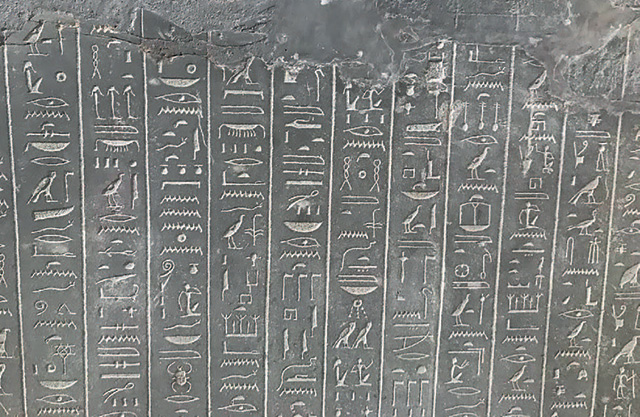Language and communication in the ancient world
Primary History article

At the beginning of the year, I really enjoyed accompanying a school trip to see the excellent Tutankhamun exhibition at the Saatchi Gallery in London. One of the many treasures that was on display was a gilded wooden and ivory case which the young Egyptian king would have used to store his reed pens. This beautiful object, in the shape of an ornate column from an ancient building, showed the children that even pharaohs from 3,500 years ago had pencil cases! But how and when did the ancient civilisations develop written forms of communication?
Studying the ancient civilisations makes up a large part of the Key Stage 2 programme of study in the National Curriculum. The National Curriculum states that pupils should be taught ‘the achievements of the earliest civilisations’ and it goes on to say that this should be ‘an overview of where and when the first civilisations appeared and a depth study of one of the following: Ancient Sumer; The Indus Valley; Ancient Egypt; The Shang Dynasty of Ancient China’. Ancient Greece is also covered and pupils should learn about Greek life and achievements and their influence on the western world. Pupils also have to be taught about the Roman Empire and its impact on Britain. Language and communication is a common theme here and one of the greatest achievements of the ancient civilisations was the invention and development of writing...
This resource is FREE for Primary HA Members.
Non HA Members can get instant access for £2.49

